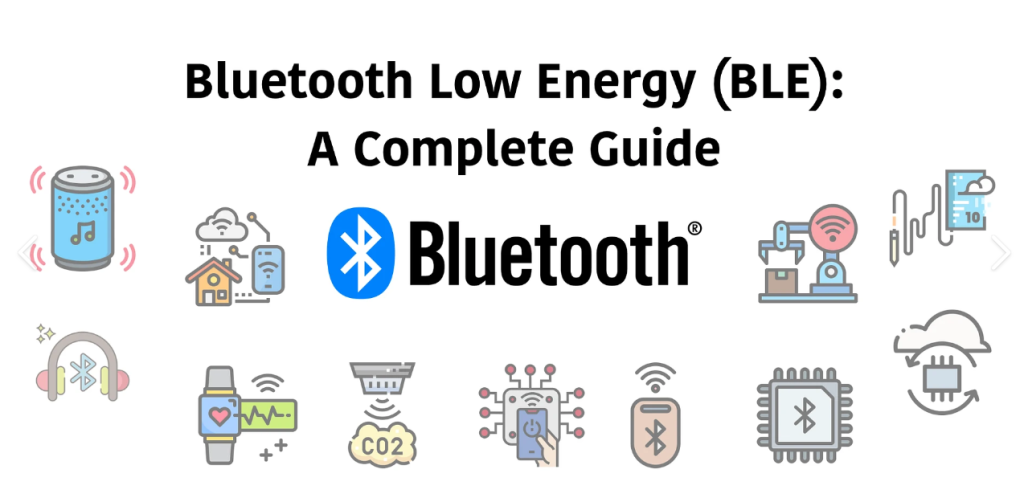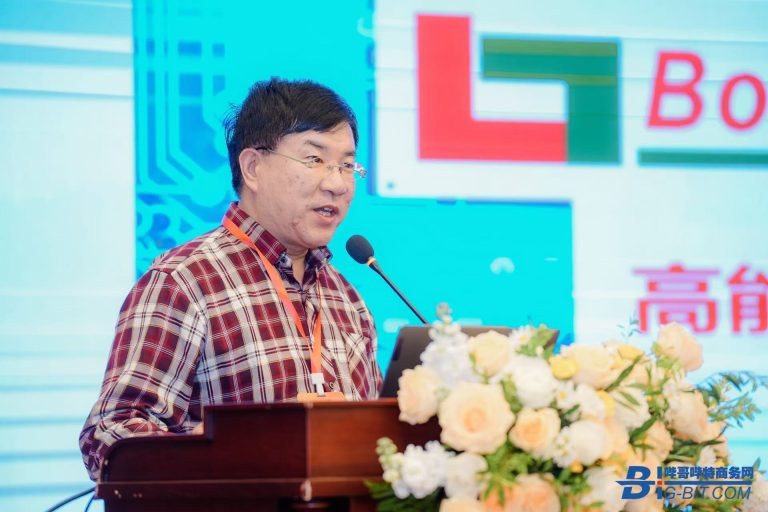Bluetooth Low Energy (BLE) is the newest member of the Bluetooth technology family, designed to enable Internet of Things (IoT) products to operate for years on small coin-cell batteries. The primary design goal of BLE is to achieve low power consumption, typically with a range of just a few meters, and to transmit small amounts of data at high latency through intermittent wake-up cycles. This characteristic makes it an ideal choice for sensors. As early as 2010, BLE began to make its mark in various fields.

The technology first appeared in consumer products a year or two later, in the form of heart rate monitoring wristbands and smartwatches. It was subsequently integrated into the iPhone 4S. After Apple released the first smartphone to support BLE, the market for BLE started to grow rapidly. For smartphone users at the time, the ability to connect their devices to a variety of products with low power consumption was a novel experience. Suddenly, every manufacturer wanted their products to have the capability to connect to smartphones.
This led naturally to the rise of IoT and cloud connectivity. With these, smartphones could connect to virtually anything, and anything could be connected to the internet (cloud access). This significant shift brought about new features such as firmware updates, and smartphones began to be used to control toy helicopters, while wireless accessories gradually replaced wired cables in some applications.
In 2015, manufacturers began to apply the well-known BLE technology to longer-range communication, high-throughput data transmission, and demanding ISM (Industrial, Scientific, and Medical) applications, even though this was not the original design intent of BLE. Nevertheless, BLE has found a place in high-quality industrial applications, replacing technologies that had been in use for decades or at least a long time.
This transformation has also allowed BLE to demonstrate its unique value in many new areas. From core industrial applications to high-end home appliances, and even popular signaling systems, BLE is rising in previously unexplored market segments.





